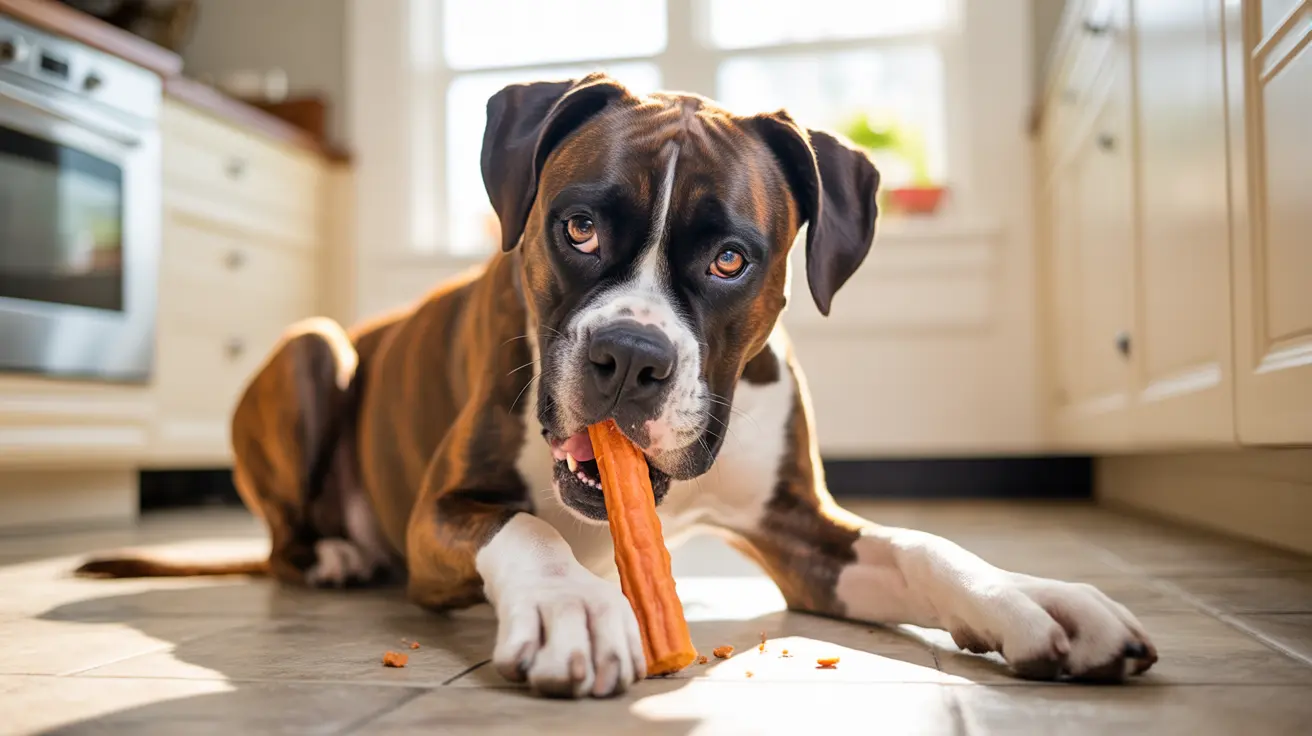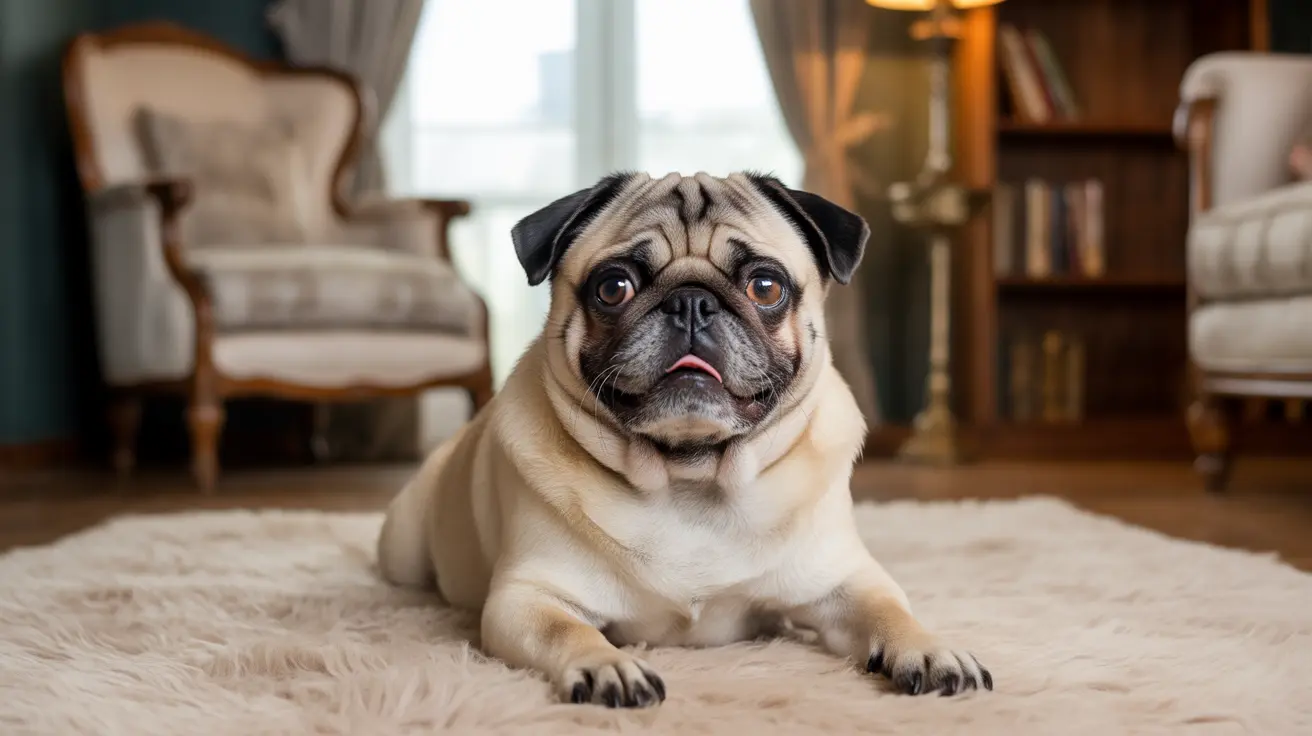Understanding Where Dogs Feel the Most Pleasure During Mating
In the world of canine behavior, reproductive activities are both instinctual and biologically driven. Dogs, like many mammals, engage in mating for the purpose of reproduction, with their behavior guided by hormonal cues and physical responses.
Canine Reproduction Basics
Before diving into the pleasure aspects, it’s important to understand the phases of a female dog’s estrous cycle:
- Proestrus: The start of the cycle, where physical signs like a swollen vulva and bloody discharge appear, but the female is not yet receptive to mating.
- Estrus: The female becomes receptive to males, showing affectionate behavior and tail flagging. This is the phase when mating usually occurs.
- Diestrus and Anestrus: Recovery and rest phases until the next cycle begins.
The Male’s Role in Mating
Male dogs become capable of mating after reaching sexual maturity, typically around six months of age. While they do not experience a cyclical heat like females, they are responsive to a female’s hormonal and behavioral signals indicating receptiveness.
Courtship and Mating Behavior
Canine courtship includes sniffing and licking genital areas, playful behavior, and attempts to mount. When the female is ready, she will permit mounting. During intercourse, a critical physiological response occurs in the male:
- The bulbus glandis—a part of the male dog’s penis—swells significantly once inside the female.
- The female’s vaginal muscles contract around this swelling, creating a “tie” or “lock” that holds the pair together.
- This action is believed to be the most physically pleasurable part of canine mating for the male, due to the stimulation and pressure it causes.
This tie can last from 10 to 45 minutes. During this time, it's crucial not to disrupt the dogs as separation could result in injury.
Pleasure Points in Dogs
While dogs do not experience pleasure in the same psychological context as humans, they do have nerve endings and hormonal responses that correspond to pleasure through physical stimulation. For males, the highest concentration of nerve endings is located in the penis, particularly around the bulbus glandis. For females, though research is limited, gentle stimulation of the vulva and vaginal walls during mating may produce pleasant sensations, although the primary drive appears hormonal and instinctual rather than purely pleasure-centered.
Post-Mating Care
After mating, both dogs should be monitored for signs of stress or injury. The female, especially if expecting a litter, will require increased care and dietary shifts as her pregnancy progresses.
Important Considerations for Breeders
Responsible breeding involves more than orchestrating a meeting between two dogs. Breeders should:
- Have both animals medically screened for hereditary diseases.
- Consider temperament and maturity before breeding.
- Be aware of size compatibility to avoid injury during mating.
- Consult a veterinarian, especially for inexperienced pairings or when artificial insemination might be necessary.
Ethical Implications and Responsible Ownership
Dogs may show signs of pleasure during mating, especially males during the tie, but the responsibility falls on owners to manage breeding safely and ethically. Observation, patience, and post-mating care all contribute to the health and well-being of the animals involved.
If an unwanted mating occurs, consult a veterinarian promptly instead of attempting separation or corrective action independently.
Final Thoughts
Though pleasure is a component of canine mating—for males primarily during the tie—it's entangled with instinctual and hormonal behaviors. Understanding and respecting this process ensures not only better reproductive outcomes but also the well-being of your pets.





